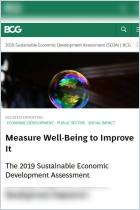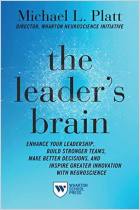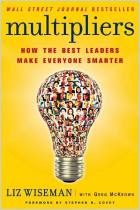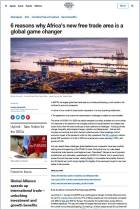
Infrastructure’s Multiplier Effect on Well-Being
Insights from the Sustainable Economic Development Assessment
Read or listen offline
Recommendation
The Sustainable Economic Development Assessment (SEDA) uses rankings and statistics to measure how well 152 countries around the world are meeting their citizens’ needs. How can low-ranking nations raise their scores? This report from the Boston Consulting Group suggests that, for many countries, the answer to rapid progress and increased well-being lies in infrastructure investment – including roads and other transportation systems. India and Indonesia both offer compelling examples of how infrastructure can facilitate improvements in national welfare.
Take-Aways
About the Authors
Saurabh Bakliwal works in New Delhi and Joao Hrotkó is located in Lagos. Both are managing directors and partners for the Boston Consulting Group. Jailendra Kashyap is a project leader in New Delhi and Ruth Chiah is a lead knowledge analyst in Singapore.


















Comment on this summary or 开始讨论